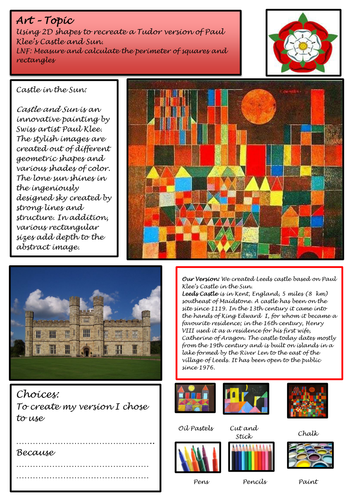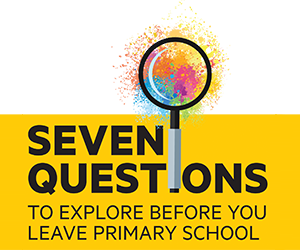5: Where does the sun go at night?
Daytime is when you can see the sun from where you are, and its light and heat can reach you.
Nighttime is when the sun is on the other side of the Earth from you, when it’s dark and colder. But do you know where the sun actually goes at night?
These resources are hand-picked by the TES team
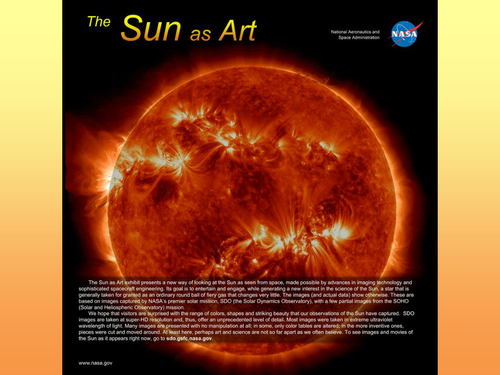
Sun As Art
Sun, Art, Sunshine, Solar Physics, Spectrum, Ultraviolet, International Sun Day, World Space Week, Sun Awareness Week,
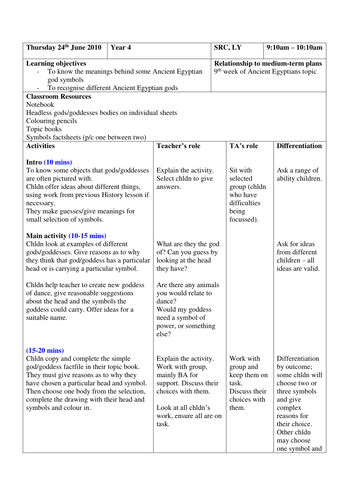
Make your own Egyptian God
Lesson plan and resources for kids to create their own Egyptian god or goddess. Includes: lots of headless god/goddess bodies; factfile about different Egyptian symbols gods wear or carry; SMART Notebook for the lesson with small notes at the bottom to explain each page. Children choose the god/goddess body they want and draw on the relevant head and items the god/goddess is carrying.

Layers of the Sun foldable including research sheet. Space physics and GCSE Astronomy.
Students cut out and colour the layers of the sun. Write the name of the layer/zone and then use the table to research information about it.
A great resource to extend students learning in Space Physics and as part of the curriculum in GCSE Astronomy.
See my other foldable resources here https://www.tes.com/teaching-resources/shop/TRJ
A great resource to extend students learning in Space Physics and as part of the curriculum in GCSE Astronomy.
See my other foldable resources here https://www.tes.com/teaching-resources/shop/TRJ
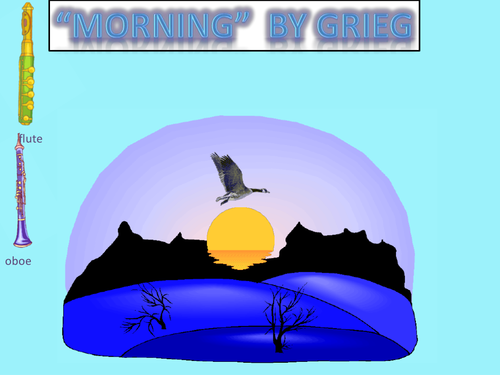
Listening and Calming Morning by Grieg
This is a simple animation. It focuses the child’s attention on Grieg’s feeling for the early morning…
The resource is perfect for entering an Assembly or for using in-between lessons.
It is also good stimulus for art work and poetry. Tissue paper fir trees a, blue sky and yellow sun. Simple but effective. Describe what you notice yourself in the morning when you are on holiday etc.
Sound and animation work only in slide mode,

Night and day
Images of night and day with simple sentences and questions. Pictures of nocturnal animals with labels. What do we do in the daytime? Colouring sheet idea for continuous provision. Please leave a comment if you have time!

Out of this world!- The movement of the earth and moon
A power point presentation and supporting worksheet about the movement of the earth and moon to use as a basis for your planning .
This presenation includes:
*Links to the National Curriculum for Science-describe the movement of the earth relative to the sun; describe the movement of the moon relative to the earth; describe the earth and moon as approximate spherical bodies; use the earth's rotation to describe day and night
*Dynamic animations, videos and links to demonstrate key concepts to pupils.
*KWL worksheets (Know;Want to know and Learned) to show pupil progress from opener to plenary.
Both presentation and worksheets are fully adaptable to suit your needs and those of your pupils.
This presenation includes:
*Links to the National Curriculum for Science-describe the movement of the earth relative to the sun; describe the movement of the moon relative to the earth; describe the earth and moon as approximate spherical bodies; use the earth's rotation to describe day and night
*Dynamic animations, videos and links to demonstrate key concepts to pupils.
*KWL worksheets (Know;Want to know and Learned) to show pupil progress from opener to plenary.
Both presentation and worksheets are fully adaptable to suit your needs and those of your pupils.
Visit our gallery to see what you've discovered
